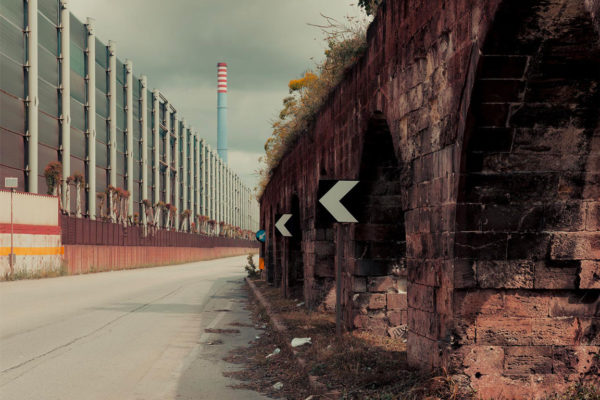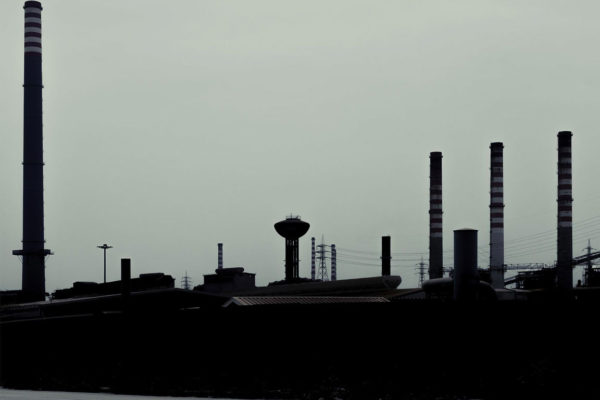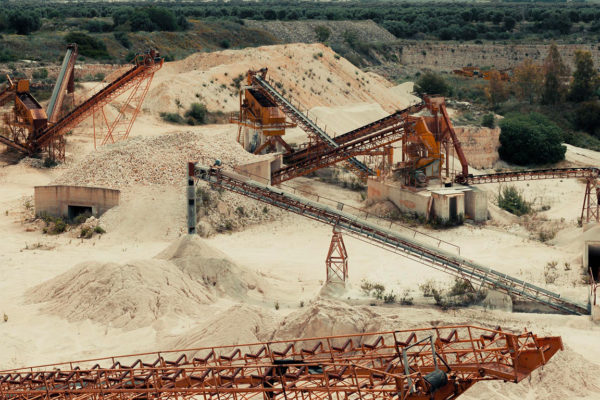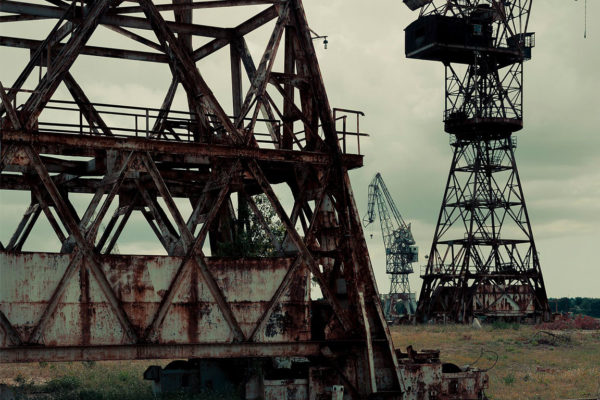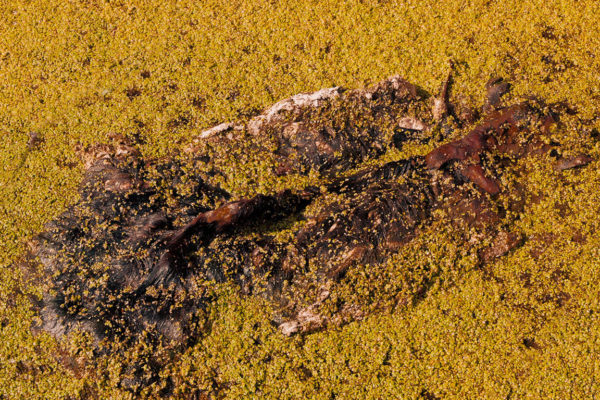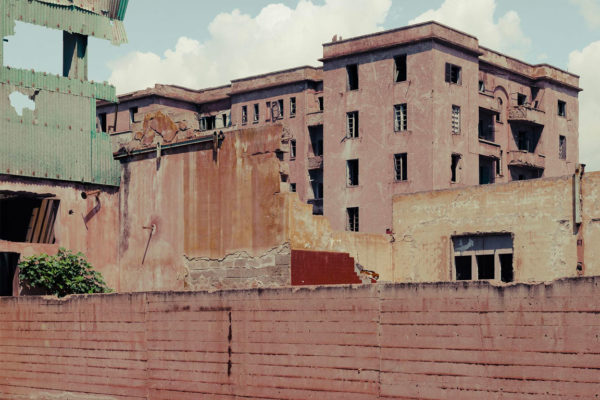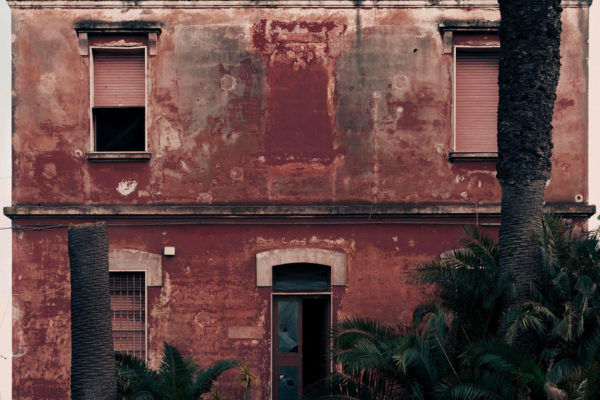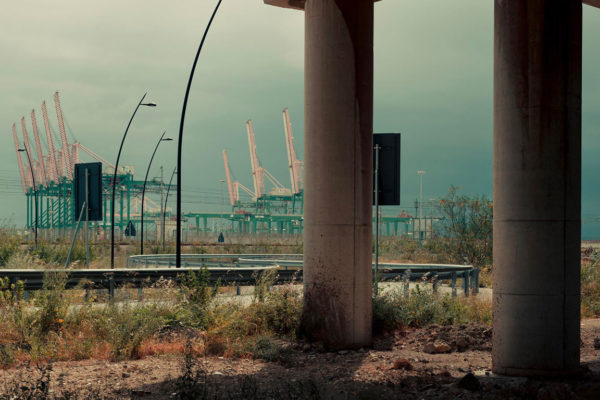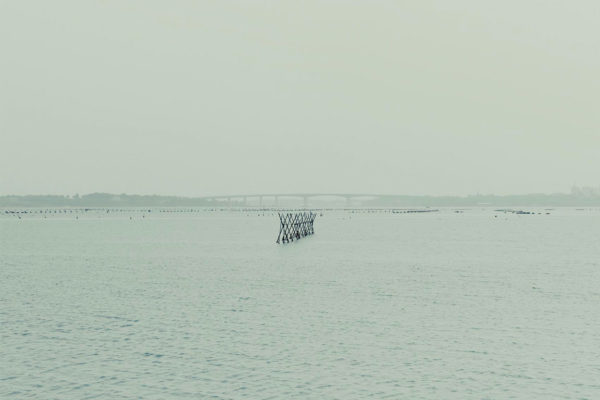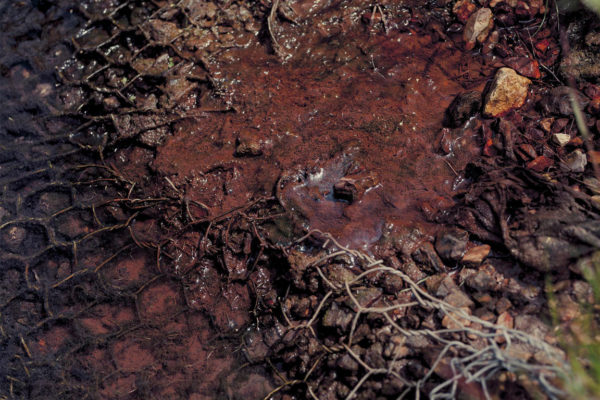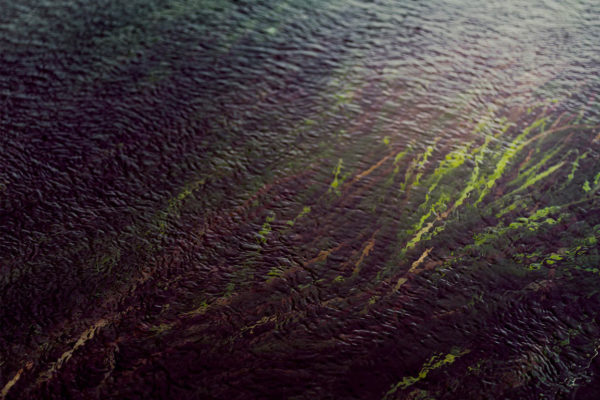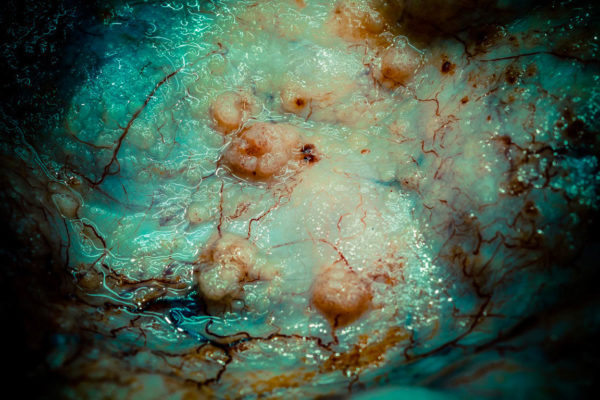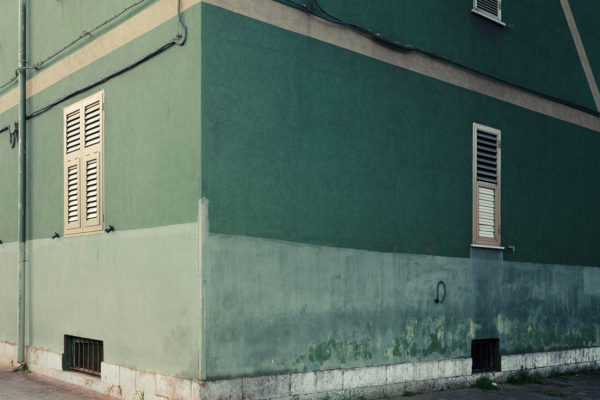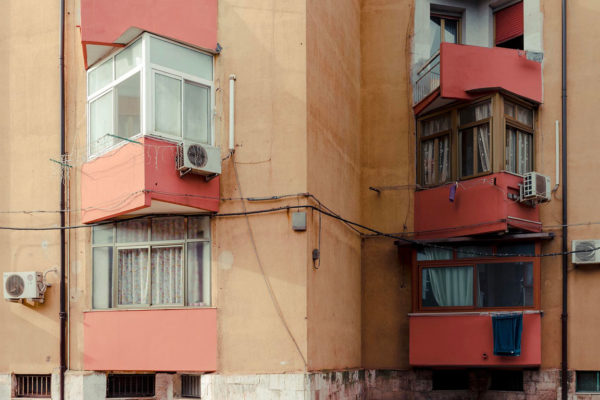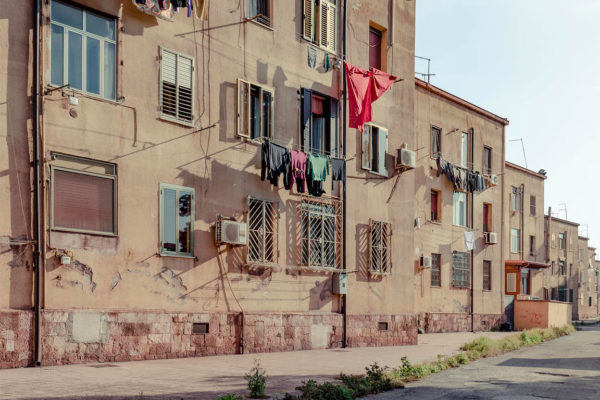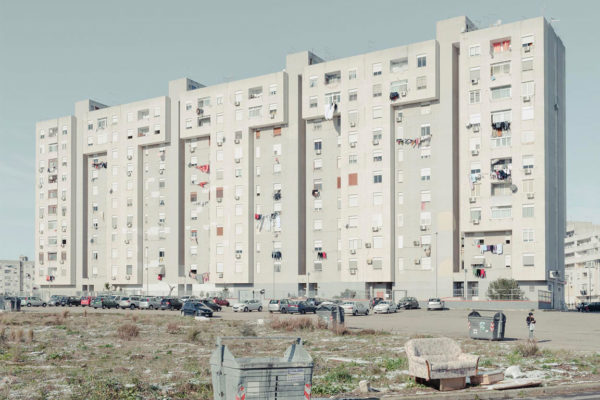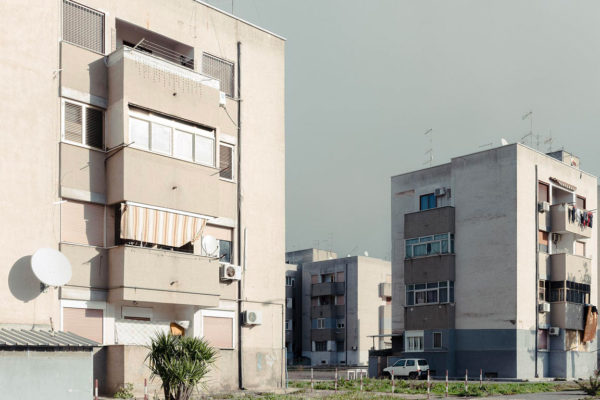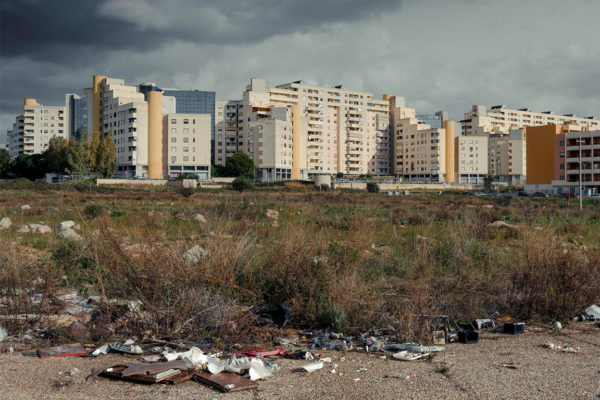Abstract of the accomplished photographic work
“L’altro Deserto Rosso”
A contaminated and highly compromised landscape set the scenery of this enormous environmental disaster, which takes its origins from the implementation of the great land-use planning of the 1960s. With its significant population loss, Taranto stands as a clear example of the phenomenon of shrinking cities.
The traces left throughout the area are evident: water pollution, artificial interventions in the courses of rivers in order to allow an efficient disposition of urban routes connecting the industrial plants; whole industrial areas ended in deadlock owing to bureaucratic and judicial reasons; hectares of land to be reclaimed due to the excessive release of highly toxic substances and waste into the soil.
Moreover, the signs left within the bodies of the inhabitants, nowadays victims of the highest rate ever of pollution and cancer incidence of Taranto area, and in general of Italy.
Description of the project you intend to pursue through the Prize
“If I should die, throw a flower” (hypothetical title)
Reading the landscape means deciphering its scars, following the traces of those who crossed it, fought for it, lived through it to the last drop of blood. The Apulian land, the scene of battles and claims, was a silent witness to a crucial but often forgotten phenomenon: postunification brigandage. A time of rebels, of disappointed anarchist heroes, of submerged legends that still surface in popular culture like flowers from asphalt.
A project born from the desire to tell stories submerged by the dense layering of a rugged territory through its rural architecture, landscape morphology and collective cultural heritage. A journey that initially winds through dusty archives, among documents of all kinds, trials and local memories, chasing the shadows of those who, to defend their land, turned it into a weapon and refuge.
Restoring voice to a landscape that, through images, still preserves the whispers of those who fought for it.

